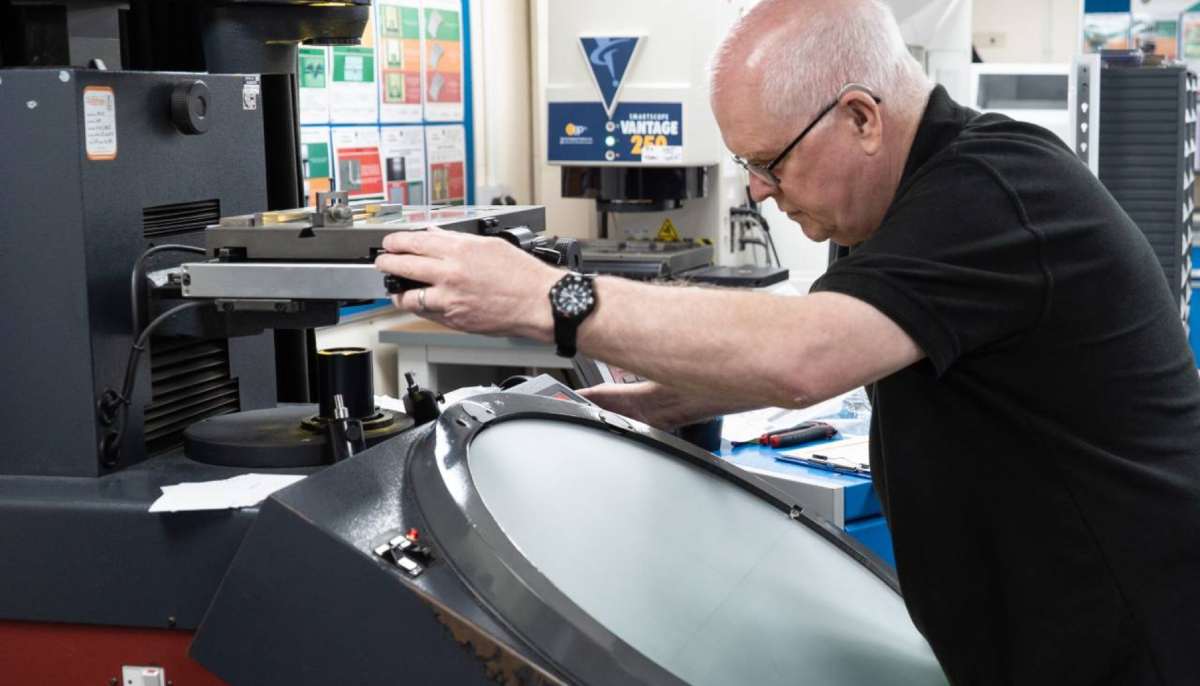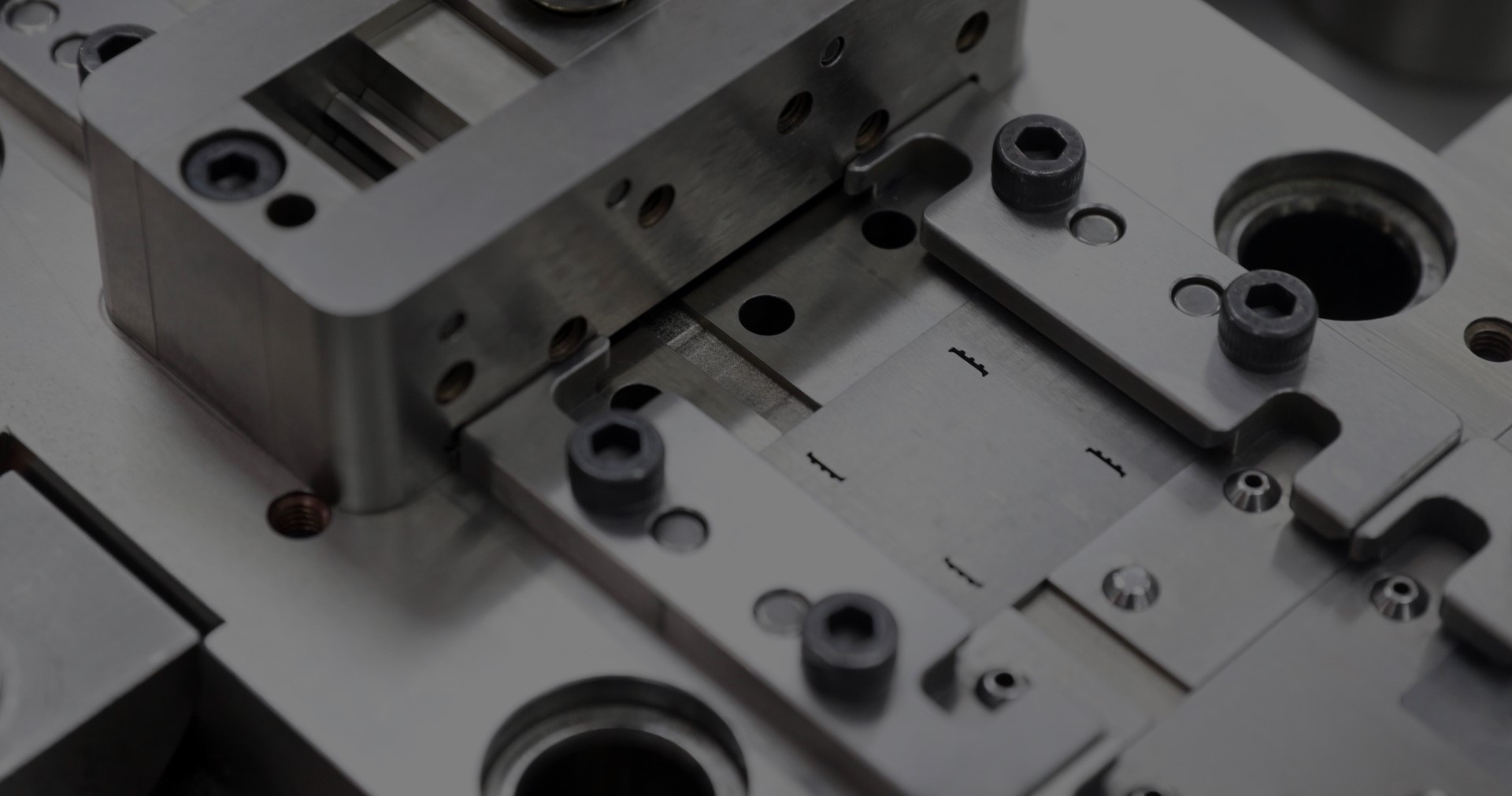Aiming for Perfection: The Pursuit of Zero-Defect Stamping
In the precision-driven world of metal stamping, the pursuit of zero defects Isn’t just an ambitious goal but a necessary standard. After all,...
Brands are choosing us to partner with them to bring innovate products to market quickly and cost effectively.
Working on a Prototype and need expert input, why not get in touch and talk with our experts.
2 min read
Batten & Allen Feb 12, 2024 11:19:14 AM
In the metal stamping industry - where precision and reliability are non-negotiable - advanced technology plays a pivotal role in monitoring and enhancing the stamping process.
The integration of cutting-edge tech in monitoring systems not only ensures the quality of stamped products but also significantly boosts their reliability.
But what are the various aspects of technology in monitoring stamping processes, and how they contribute to achieving the maximum reliability required? Let’s take a closer look…
Metal stamping has evolved from a largely manual process to a highly sophisticated operation, thanks to technological advancements. Modern stamping processes are now equipped with advanced sensors, automation systems, and data analytics tools that provide real-time insights into every aspect of the stamping process.
This evolution has been crucial in meeting the growing demands for precision and complexity in industries such as automotive, aerospace, and electronics.
One of the key advancements in stamping technology is the use of sensors and the Internet of Things (IoT).
Sensors placed in stamping equipment can monitor various parameters like pressure, temperature, and force, providing real-time data that is crucial for maintaining quality and consistency. IoT technology enables this data to be collected and analysed, offering insights that can be used to optimise the stamping process and predict maintenance needs.
Automation in metal stamping has revolutionised the way stamping is performed.
Automated stamping presses and handling systems operate with high precision, ensuring consistent quality across large production volumes. Precision engineering, facilitated by computer-aided design (CAD) and computer-aided manufacturing (CAM) systems, allows for the creation of intricate and accurate dies and tools, reducing the likelihood of defects.
Advanced imaging and laser scanning technologies have enhanced the quality control aspect of metal stamping.
These technologies allow for detailed inspection of stamped components, detecting even the slightest imperfections that might be invisible to the naked eye. By identifying and addressing these issues early in the production process, manufacturers can prevent defects and ensure the reliability of their products.
Data analytics play a crucial role in monitoring and optimising stamping processes. By analysing data collected from various stages of the stamping operation, manufacturers can identify trends, pinpoint inefficiencies, and make informed decisions to improve quality and reduce waste. This data-driven approach is essential for continuous improvement and maintaining high reliability standards.
The stamping industry's adaptation to Industry 4.0 has been a game-changer.
This involves the integration of digital technologies, automation, and data analytics to create smart manufacturing environments. In such environments, every aspect of the stamping process is interconnected and optimised for maximum efficiency and reliability.
Industry 4.0 technologies also enable critical predictive maintenance, which reduces downtime and ensures that stamping equipment operates at peak performance.
Advanced technology also aids in meeting industry-specific specifications. For instance, in the automotive industry - where safety is crucial - technology ensures that components meet rigorous safety rules.
In electronics, where precision is key, tech-driven monitoring ensures that components meet the exact specifications required.
The role of advanced technology in monitoring stamping processes is indispensable for achieving maximum reliability.
From real-time monitoring and automation to data analytics and Industry 4.0 adaptations, these technological advancements are driving the stamping industry towards greater precision, efficiency, and dependability.
As the demand for high-quality stamped products continues to grow, the integration of advanced technology in monitoring processes will remain a critical factor in meeting these requirements. In turn, the continued success of metal stamping innovation is protected – benefitting manufacturers and end users alike.
Discover more about stamping reliability metrics and what they mean for your products here.

In the precision-driven world of metal stamping, the pursuit of zero defects Isn’t just an ambitious goal but a necessary standard. After all,...

Introduction In the fast-paced and ever-evolving electronics industry, the demand for precision and reliability in component manufacturing is a top...

A Tooling transfer usually happens due to poor performance, delivery and quality from an existing supplier. Batten & Allen are well equipped to deal...